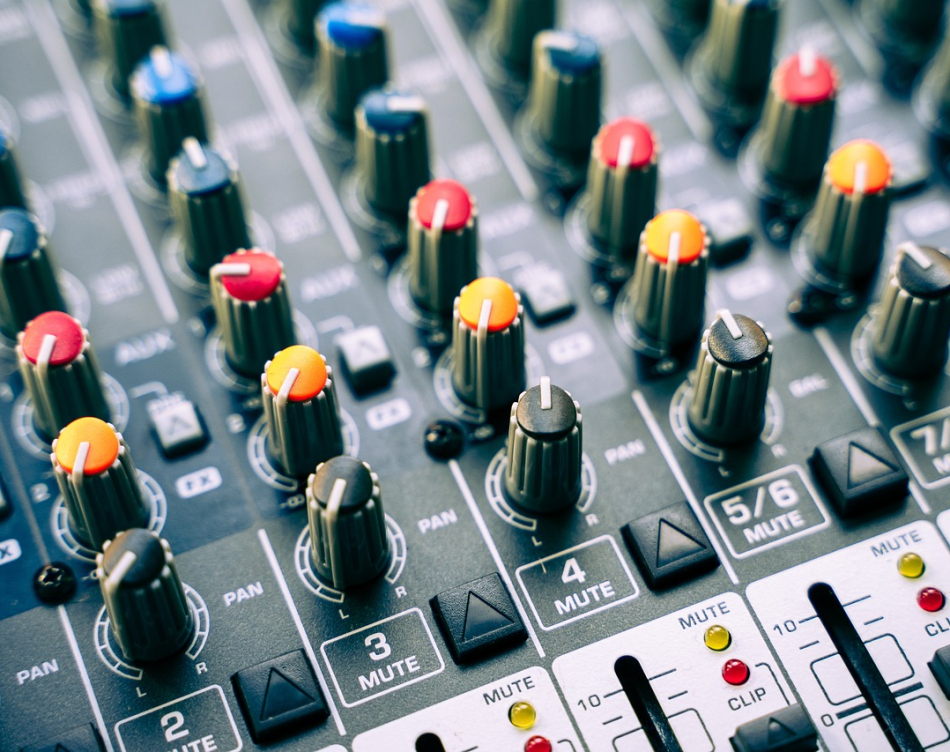Vas zanima študij pri nas?
Izpolnite spodnji obrazec za prijavo v program. V roku enega dneva vam bomo posredovali vse potrebne informacije o vpisu.
Audio Production

The thesis Recording and Post-Production of a Live Concert describes and presents the entire process of capturing a musical event and the subsequent post-production of the recorded material. The primary focus is on the technical challenges that sound engineers face when recording live audio, as well as the methods and tools used to enhance the final product.
In the theoretical section of the thesis, I discuss the fundamentals of concert recording, including various microphone placement techniques, the selection of recording equipment, and the differences between recording a concert outdoors versus indoors.
The experimental part of the thesis is based on the recording of two concerts. One took place in the concert hall of the Brežice Youth Center, 15. 11. 2024, while the other was held outdoors at Trg Leona Štuklja in Maribor, 6. 5. 2023.
For the recording process, I used different microphones on various instruments, with a particular emphasis on capturing the sound of the bass drum and snare drum using two microphones simultaneously. The bass guitar was also recorded using two different methods; however, in this case, one of the microphones was replaced with a DI box.
In the post-production section, I describe the mixing and mastering process of the recorded material. I provide a detailed overview of the audio processing in Cubase 12 Pro, where I applied tools such as equalizers, compressors, limiters, and other effects to each channel individually to achieve the desired final sound.
The entire project demonstrated that recording live concerts presents significant technical challenges, requiring adaptation to multiple variables. Outdoor recordings primarily pose challenges related to weather conditions and the lack of natural sound reflections, whereas indoor recordings often struggle with excessive reflections, which can cause microphones to pick up multiple sound sources, sometimes more than desired.
Through a comparative analysis of recording a bass guitar with both a microphone and a DI box, I found that combining both approaches allows for greater flexibility in the mix. A similar conclusion was reached when recording the bass and snare drum with two microphones.
To incorporate the overarching BTEC theme, I also utilized artificial intelligence in post-production for audio processing. While AI proved to be a useful tool for optimizing certain processes, it is still far from being able to fully replace the human ear.
You can check the student’s product in the video below: